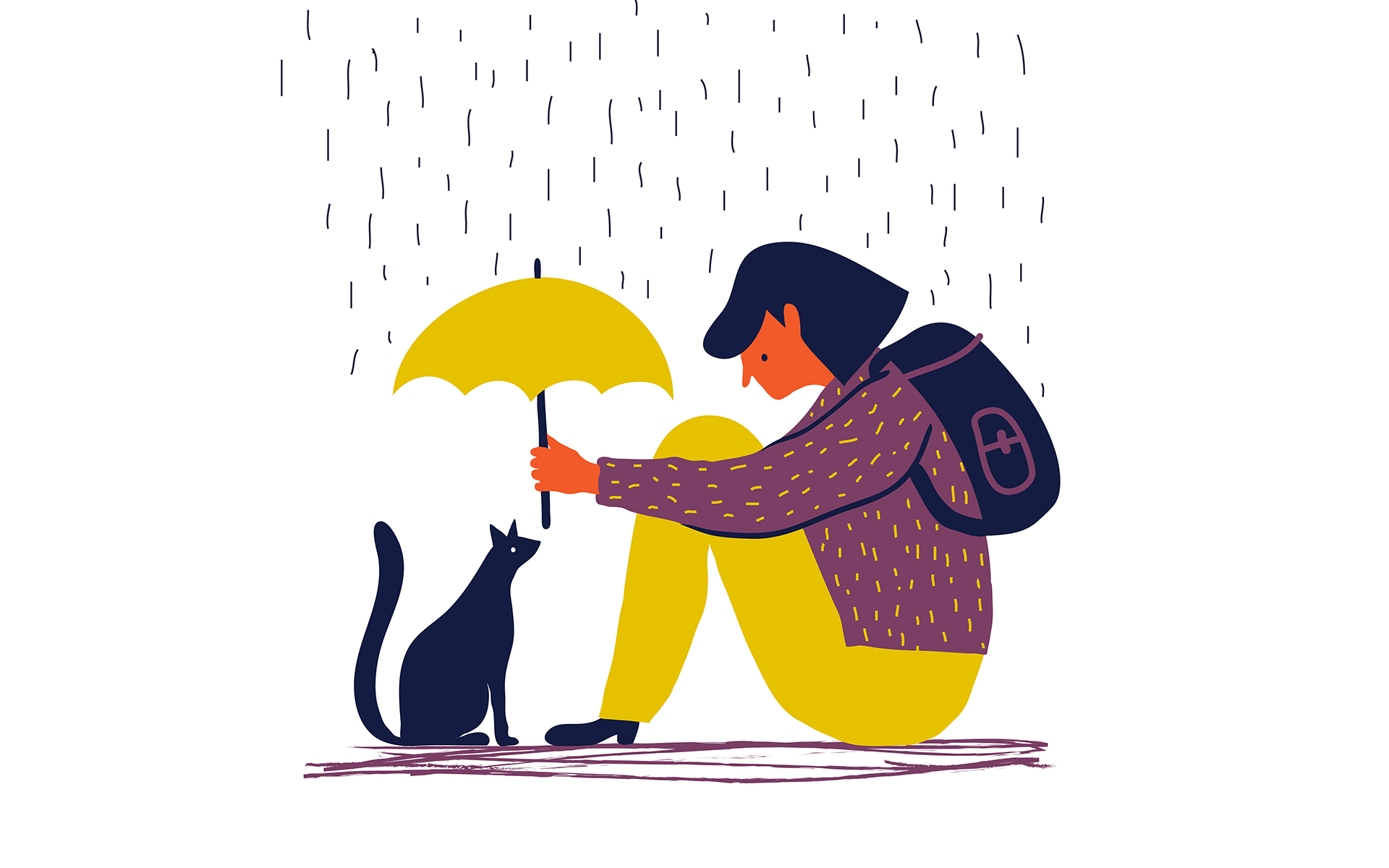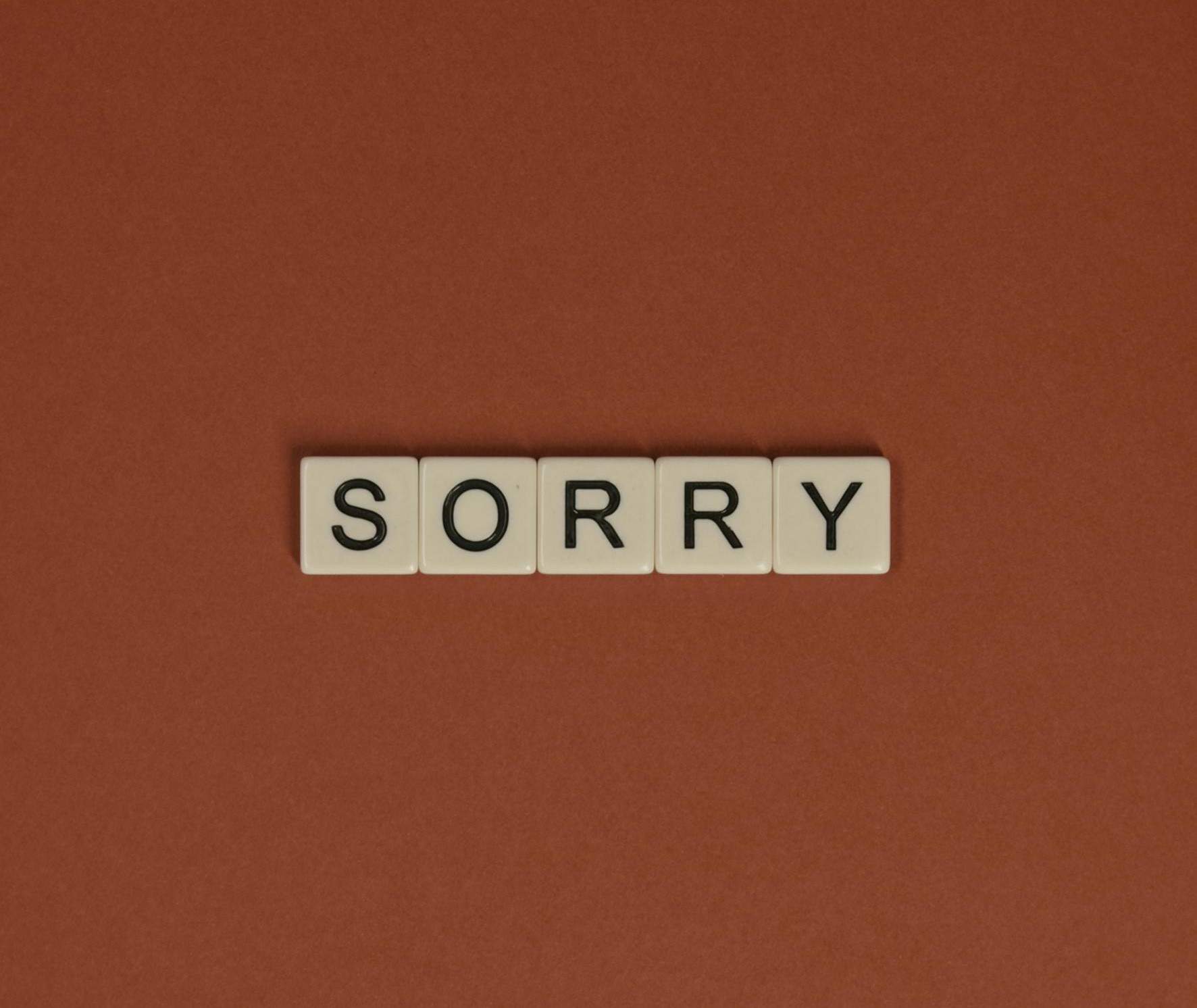Do you have a pattern of saying yes to others, but then feeling resentful later on? Do you believe that you must come to the aid of others and often give to get?
You are not alone.
Many of us have developed a belief that we must be nice, pleasing, or helpful to the exclusion of our own feelings and needs in order to be worthy of love or appreciation. This belief is, of course, not true and furthermore an impossible goal to meet. When we give to get, we can often end up feeling angry and as a result we don’t create healthy boundaries or compassionate boundaries at home and work.
A few years ago, I was presenting to a group of 100 employees on the topic of increasing resilience to stress. During the seminar, I asked employees what was causing stress in their lives. One of the employees, named Cheryl, said, “ My boss stresses me out.” When I inquired further, she told the group that a few times a day, her boss would text her a note with an alarming tone in the order of “Get in my office now!” Cheryl said that when she received these texts, she would immediately freeze up and wouldn’t know what to do or say for several minutes. She didn’t feel safe to address her boss in his time of fury and wanted to avoid conflict, so she did nothing.
This became a habitual pattern between the two of them: After each text, Cheryl would automatically shut down and wait until she felt ready to respond. This only added to more aggressive outbursts on her boss’s end and it became a vicious cycle of her shutting down, him blowing up, and more importantly Cheryl not setting compassionate and healthy boundaries at work—a pattern that she also re-created when conflict arose at home.
What is a Compassionate Boundary?
A “compassionate boundary” is a term that I have been using for the last several years with my students and clients. I define a compassionate boundary as the act of turning toward whatever difficulty I am feeling with compassion and listening to the underlying need that I want to request that is both compassionate to myself and the other person involved. When a boundary is crossed, the first emotion we often feel is anger. Anger is here to protect us from harm and informs us that we need to re-assert our boundary to come back into harmony. The practice of cultivating compassionate boundaries has been tremendously beneficial in my personal and professional life. I hope it serves you well, too.
How can we tell when we aren’t holding compassionate boundaries?
- We say yes, when we really want to say no.
- Other people’s problems become our priorities.
- We neglect important concerns related to home or work.
- We suffer physically because there is so much outward focus that we aren’t listening within to our self-care needs, like sleep, meditation, exercise, taking breaks, etc.
- We accept abuse in our relationships.
- We are overly apologetic and don’t speak what we are truly feeling and needing.
Workplace anger is often triggered within social situations, for example, when an assistant doesn’t carry his load on a project, the boss doesn’t acknowledge your efforts, or like in the example above, a boss feels a lot of stress and overwhelm. In Cheryl’s case, the boss’s stress turns into overt anger toward his employee.
Anger and setting boundaries are clearly connected. Anger is one of the emotions we feel when we experience a perceived threat. When threatened, we release the hormone epinephrine, followed by norepinephrine (noradrenaline), prepping the body to react by increasing our heart rate and blood pressure and narrowing our focus to fight, flight, or freeze.
Holding Compassionate Boundaries
Many of us have developed very habitual reactions to difficult situations. Over time, the more consistently one responds in a certain way, the stronger the underlying neural pathways become, and thus the more difficult it is to alter our initial response when we perceive something as threatening. However, a regular meditation practice can support us to pause before reacting and investigate all of our feelings and needs.
Anger is a feeling I had not given enough space for in my life. Fear and I were good friends, sadness too, but expressing anger got me in trouble as a teenager and even sometimes as an adult, so I learned to stuff it. However, it ended up leaking out in ways that were hurtful to myself and others because I wasn’t allowing my anger to be here, when it justifiably showed up. If we don’t allow ourselves to feel our anger with kindness and acceptance, we can’t create healthy boundaries and this can cause great damage to oneself and others through our words and actions.
If we don’t allow ourselves to feel our anger with kindness and acceptance, we can’t create healthy boundaries and this can cause great damage to oneself and others through our words and actions.
Now that I am older and wiser, I am more welcoming and responsive with anger.
The two questions that I ask anger when I notice it is present are:
What needs to be protected?
What needs to be restored?
These questions are helpful because they allow me to explore and restore my boundaries with compassion for myself and others. I have recognized that anger is a gift and here to protect me from harm. Anger can be a powerful ally that transforms from reactivity into a courageous heart.
Five Steps to Creating a Compassionate Boundary
1) Tune in when you feel a boundary has been crossed
What physical sensations arise in your body? Where do you feel the most physical sensations in your body? What feelings are here? I had an opportunity to do some coaching with Cheryl on how to cultivate a compassionate boundary. She noticed the physical sensations that were most present were in her hands and belly. She identified the feelings were anger and fear, but she mostly felt anger.
2) Turn toward your feelings with kindness
In order to stay with the difficult feeling of anger, I encouraged Cheryl to talk to it with a kind and accepting tone. Cheryl came up with this statement: “Anger, I appreciate that you are pointing out to me that my boundaries have been crossed and are looking out for me.” She was able to say this statement over and over to soothe herself when she really wanted to push the feeling of anger away.
3) Investigate the needs connected to your feelings
In Cheryl’s case, she was feeling anger and with mindfulness she was able to watch it, be with it, and in an open and curious way ask it, “What needs to be protected? What needs to be restored?”
4) Acknowledge your compassionate boundaries
Cheryl identified that she needed to feel safe at work and especially in relationship to her boss’s requests. She needed a more calm and respectful communication style so she could be more centered and productive at work.
5) Cultivate a compassionate boundary in words
- Start with the good (you can use the below examples at work or at home).
I appreciate how much you have contributed to the team.
I treasure our friendship and appreciate how much you have always cared for and supported me.
Cheryl: I enjoy working with you and supporting our department initiatives.
- Be direct and specific.
Cheryl: I would like for us to find a more effective way of communicating around urgent work tasks.
- Lead with compassion.
Cheryl: I understand that you have a lot of deadlines coming to you and need a quick turnaround. I am here to help you. This is what I want—If you have something that is urgent, please send me an email with what it is, what you need, and the timeline of when I need to get this back to you. I don’t want to receive texts from you a few times a day because I feel startled and off balance and don’t know how to respond right away. This creates less efficiency for us both.
- Consider the other person.
Ask for the other person’s viewpoint: “Are you agreeable to this? Do you have another suggestion that would work better for you? “
- Be willing to let go of the outcome.
You may not get what you want, but it is important that you share what is true for you in a kind way. If we don’t honor what is true, then our boundaries continue to be violated and we aren’t being compassionate to ourselves or the other person.
Anger, when channeled honorably, can set healthy boundaries without destroying the boundaries of others. This is living with a courageous and compassionate heart and our world needs much more of this. I have seen over and over that one person who leads with compassion at work can create an entire revolution of greater kindness and well-being at work. Will you be that person today? Yes!
read more
How to Hold Boundaries with Skill and Care
Setting and holding boundaries can be challenging, even if you’re not a people-pleaser. The key is communicating clearly to cut down on conflict and increase freedom—for those on both sides of the line.
Read More
“No” Is A Complete Sentence
“No” is a word most of us use too infrequently. And, what’s worse, when we say “No” we usually add on all sorts of wheedly explanations. But “No” is a complete sentence, and here’s why.
Read More
How to Show Up Intentionally and Lovingly in Difficult Situations
Shalini Bahl-Milne shares three mindful steps that empower us to be present and act with integrity and joyfulness.
Read More










